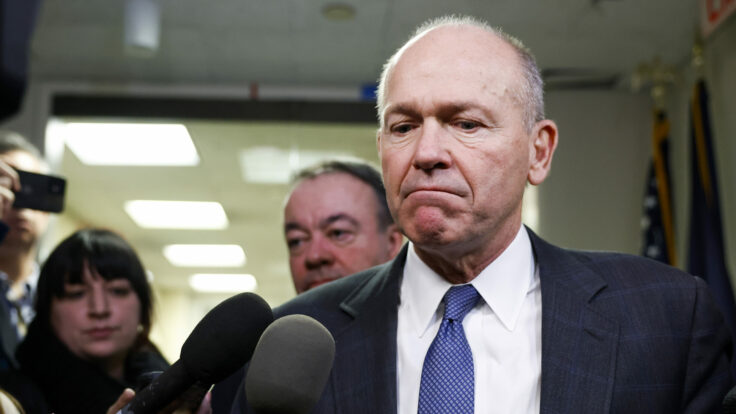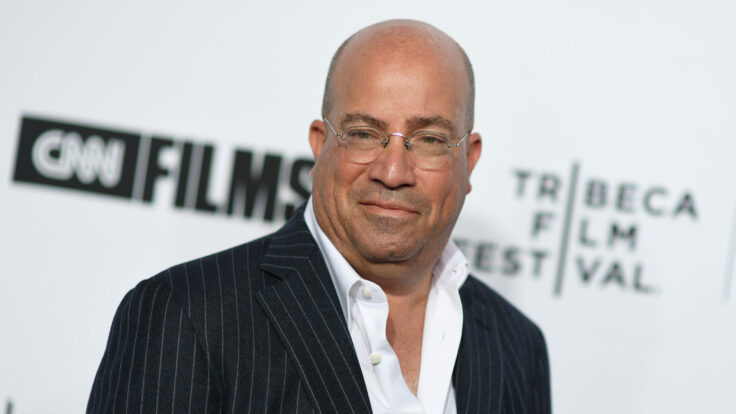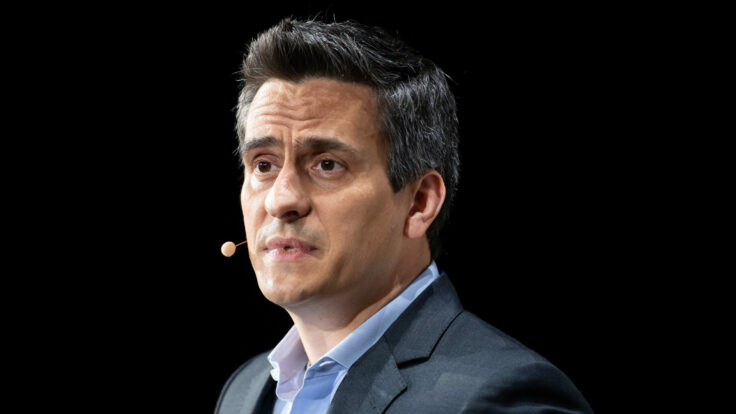It was only a week ago that Sam Bankman-Fried, the 30-year-old M.I.T. grad who founded crypto exchange FTX, was flying high. Once said to be worth some $25 billion, S.B.F. made himself into the poster boy for high-concept philanthropic and political causes, as my partner Teddy Schleifer has documented. He sports a much different look today, of course, following a liquidity crisis that sparked a digital bank run and reports that S.B.F. may have let Alameda Research, his associated hedge fund, borrow billions from FTX’s asset pool. FTX has since filed for Chapter 11 bankruptcy, authorities are pursuing possible civil or criminal charges, and S.B.F. has resigned, handing power to John J. Ray III, who oversaw the liquidation of Enron, to manage the fallout. (Bankman-Fried profusely apologized this week, shortly after deleting a tweet in which he claimed, “We don’t invest client assets.” Whoops.)
What happens next to S.B.F.? I’m skeptical that jail time is really in the cards, as white collar fraud—if that’s what this is—is infamously tough to prosecute. Virtually nobody went to prison following the 2008 financial crisis. Then again, it’s impossible to assess S.B.F.’s criminal exposure without knowing more details, and from Bernie Madoff to Martin Shkreli, there are certainly those who do wind up behind bars. That S.B.F. is allegedly bunkered down in the Bahamas, and not on U.S. soil, is an ominous sign and likely won’t look good to those investigating him. (He has denied reports that he fled to Argentina.)

















